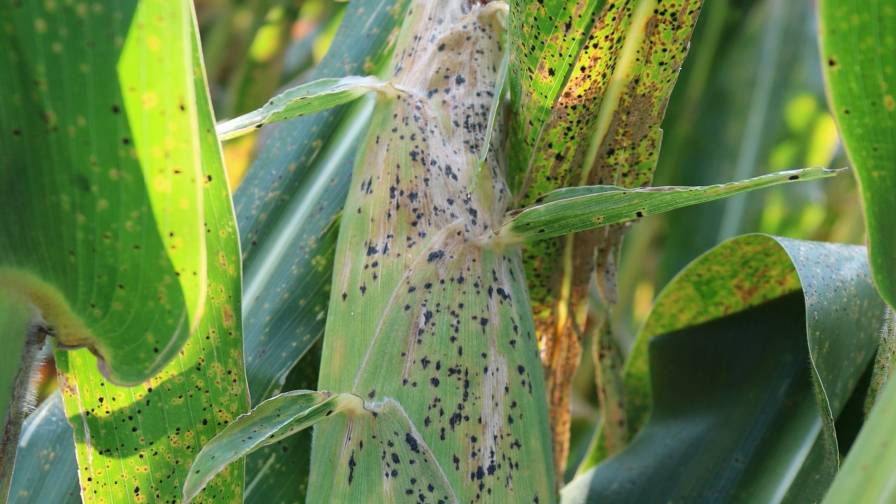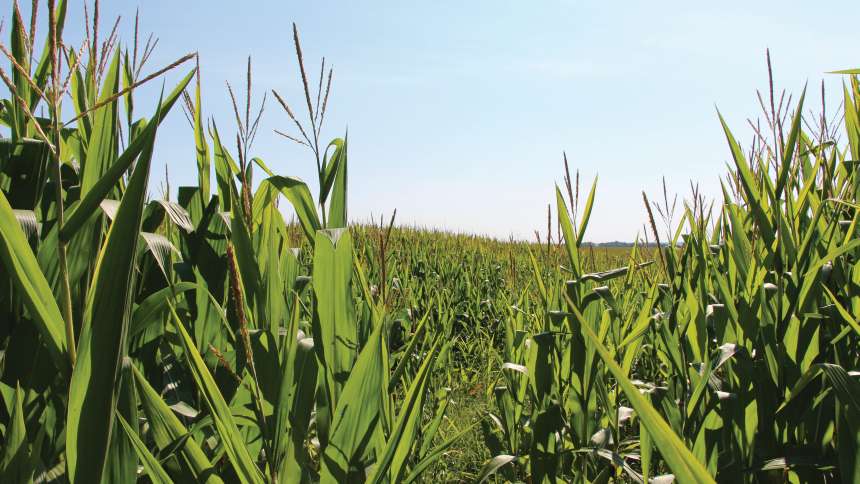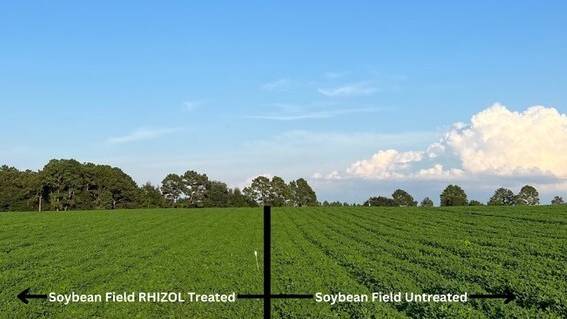Weeds: The Fearsome Five
Although there are currently dozens of weeds that show some kind of resistance to herbicides, these five are the most troublesome.
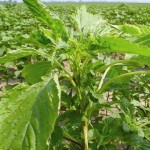 PALMER AMARANTH | Amaranthus palmeri
PALMER AMARANTH | Amaranthus palmeri
• One of 865 members of the pigweed family. Grows faster and is more competitive than any other of the pigweed family.
• Has male and female plants, allowing for greater genetic variability and adaptability.
• Each plant can produce up to 1 million seeds.
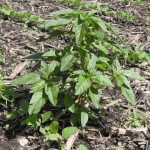 COMMON/TALL WATERHEMP | Common Waterhemp (Maranthus rudis); Tall Waterhemp (Amaranthus tuberculatus)
COMMON/TALL WATERHEMP | Common Waterhemp (Maranthus rudis); Tall Waterhemp (Amaranthus tuberculatus)
• Members of the pigweed family.
• Tall waterhemp has smooth, erect stem that can grow more than 8 feet tall. Male and female flowers found on separate plants.
• Germinates over relatively long time period and grows rapidly.
• Waxy, narrow leaves slows herbicide uptake.
• Prolific seed producer (more than 250,000 seeds per plant). Seed can be dispersed over long distances, also is readily transported when equipment is moved from field to field.
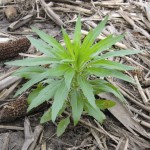 HORSEWEED/MARESTAIL | Conyza canadensis
HORSEWEED/MARESTAIL | Conyza canadensis
• One of the most common weeds in eastern and central parts of U.S.
• Well-adapted to no till-crop production; can quickly spread to many habitats along field edges and roadsides.
• Produces up to 200,000 tiny seeds per plant that are wind-dispersed over great distances. Up to 80% of seeds can germinate immediately
after dispersal.
 GIANT RAGWEED | Ambrosia trifida
GIANT RAGWEED | Ambrosia trifida
• One of largest annuals, averages 5 feet in height, but can grow as large as 10 feet.
• Can produce over 11,000 seeds per plant without competition.
• In Midwest, can reduce corn yield up to 37%, soybean yield up to 52%.
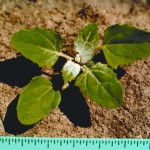 COMMON LAMBSQUARTERS | Chenopodium album
COMMON LAMBSQUARTERS | Chenopodium album
• Grows to more than 5 feet tall.
• Can produce 150,000 seeds per plant. Seeds can germinate in soil for a number of seasons.
• Highly competitive to plants. Just over 75 lambsquarters per square yard can reduce soybean yield by 50%.
• Difficult to control with postemergence herbicides. Wax on leaf surface slows herbicide movement into leaf and can affect subsequent control.

